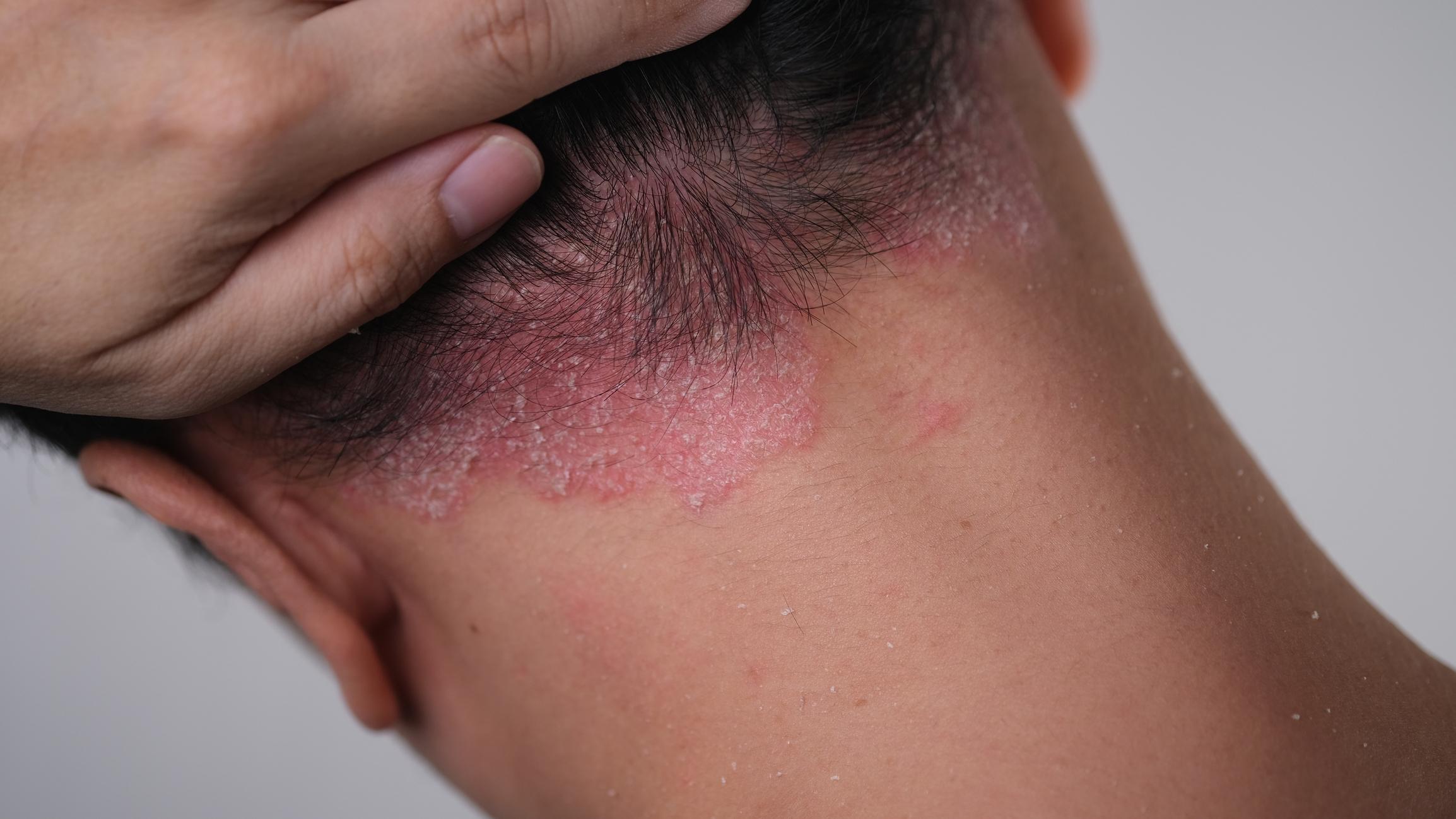On this World Day of Charcot’s disease, we explain to you why the majority of patients disappear in three to five years.

- Today is World Amyotrophic Lateral Sclerosis (ALS) Day.
- It is estimated that in France there are between 7,000 and 8,000 people suffering from ALS.
The name “Charcot” comes from the French neurologist who first described amyotrophic lateral sclerosis (ALS). In English, it is also called Lou Gehrig’s disease, in homage to a famous baseball player affected by this disease….
Whatever the name given to this degenerative disorder, the reality for patients suffering from this disease which leads to progressive paralysis with a fatal outcome is the same: since there is currently no treatment, they watch helplessly as their body.
ALS takes different forms depending on the nature of the initial attack, as indicated by the‘Inserm: “In about 30% of cases, it begins in the brainstem. We then speak of forms with bulbar onset, the first manifestations of which are difficulties in articulating or swallowing. In the other cases, ALS first alters the peripheral motor neurons: in these forms with spinal onset, it is through weakness and discomfort in an arm, a leg or a hand that manifests itself. the beginning of the disease”.
Neurons
ALS affects the neurons (nerve cells) and prevents the transmission of information between the brain and the muscles of the whole body, which gradually causes the disease to intensify and reach all the muscles up to the respiratory muscles which precipitates its worsening. Concretely, there is muscle wasting, coordination disorders that prevent walking and picking up objects. Difficulties swallowing or articulating increase. The brain remains unscathed.
Its causes are unknown: in one out of ten cases a genetic cause is suspected, but the onset of the disease probably depends on various factors, environmental and genetic. It generally appears between the ages of 50 and 70, and often earlier when it is of family origin. The outcome is fatal after 3 to 5 years of evolution on average and most often, it is the attack of the respiratory muscles which causes the death of the patients.
“Only your eyes and your brain work”
On European 1Christophe Malsot, 57, commercial director who discovered that he had the disease 18 months ago details: “You start not being able to breathe on your own, you lose your speech, and only your eyes and your brain work. Today, when the diagnosis comes in, you are told that you are going to die. 80% of people disappear between three and five years.” According to him , “That’s why a lot of people [atteints] decide to say, ‘It’s over, I’d rather leave.'” For him, the choice is already made: “if at some point it becomes too vegetative, that’s what I would like to do.” The case of the famous astrophysicist Stephen Hawking diagnosed at the dawn of his 21 years and died in 2018 at the age of 76 having lived fifty years with this disease remains a mystery.
Therapeutic tracks
No curative treatment is yet available but the medium-term prospects are encouraging with several therapeutic avenues being studied with the search for relevant biological markers.
Their identification could facilitate the early diagnosis of the disease in families that include people with: “it is in fact established that neurodegenerative diseases cause biological and morphological changes several years before the appearance of the first symptoms. However, this pre-symptomatic stage probably represents the best window for therapeutic intervention to prevent the neurodegenerative process , before it causes irreversible damage” according to theInserm.

















